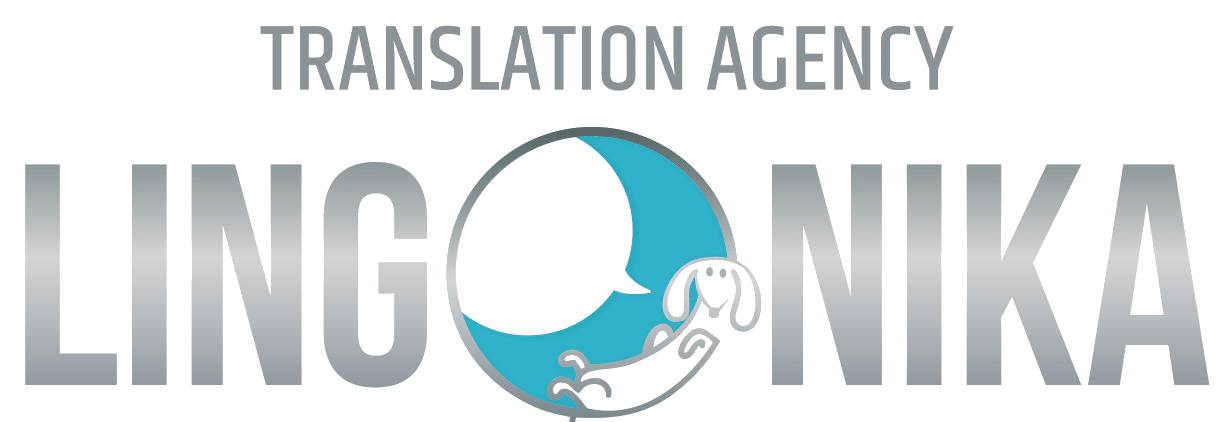We talk.
We write.
We communicate.
It is easier nowadays than ever, as the barrier that was the variety of spoken and written languages has been thoroughly shattered. Technology is in bloom, and it has been harnessed to enable fluent and undisturbed communication among people born and bred in countries that share not even a single word.

How is it possible?
The technological miracle that has happened during the last twenty years sipped through the hide of our every day lives deep through the core of our existence. We cannot live without our laptops, tablets, smartwatches or smartphones. The tiny devices we carry in our purses and pockets are smarter and faster than the computers that carried Apollo crafts towards the moon. They can talk. They can lead us. They open the doors.

To improve our communication, to let us annihilate the language barrier, a variety of new technologies has been created, such as speech recognition, virtual translators (you know Google Translate, right? Toss the stone whoever hasn’t used it at least once!), or a net of simulatenous translation boots used at political meetings. All of those help, but at the same time make us a little lazy. One don’t have to study a language for years to communicate effectively anymore. But maybe it works otherwise: the angst of a mechanical factor replacing human empathy and emotion is still there, in every one of us. It may work as a boost, encourage us to develop, to infiltrate foreign languages and foreign cultures, to go deeper into that variety that makes us so interresting as a species. We can use all those tools to start our adventure of diving into a communication river. The satisfaction of using a foreign language efficiently enough to communicate with natives is incomparable.
As they say, it all happened with a word.


